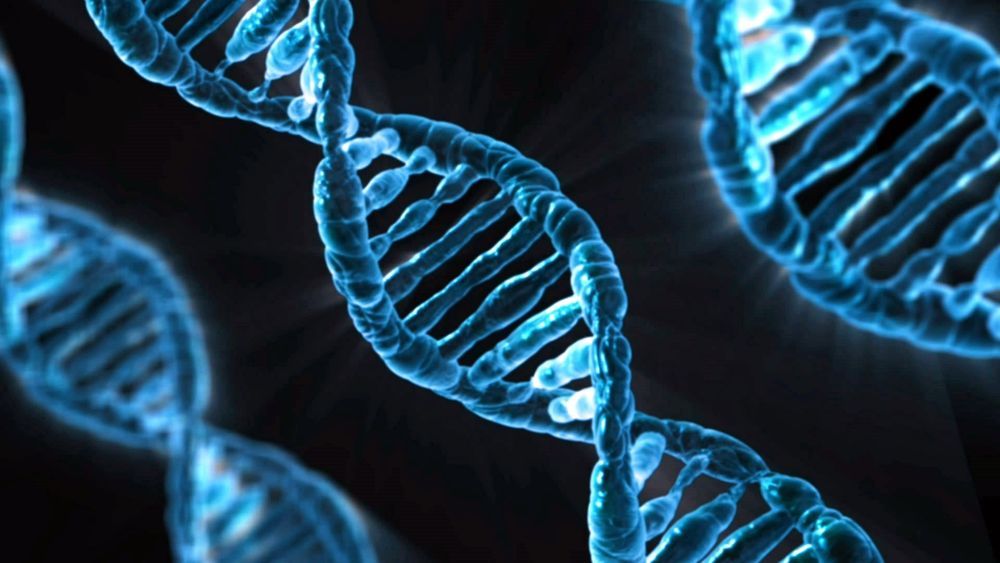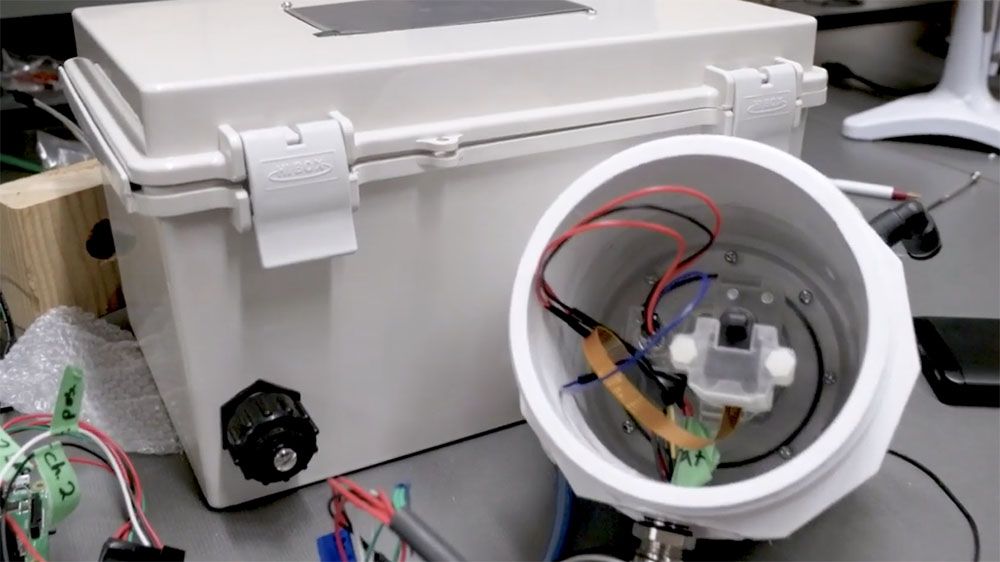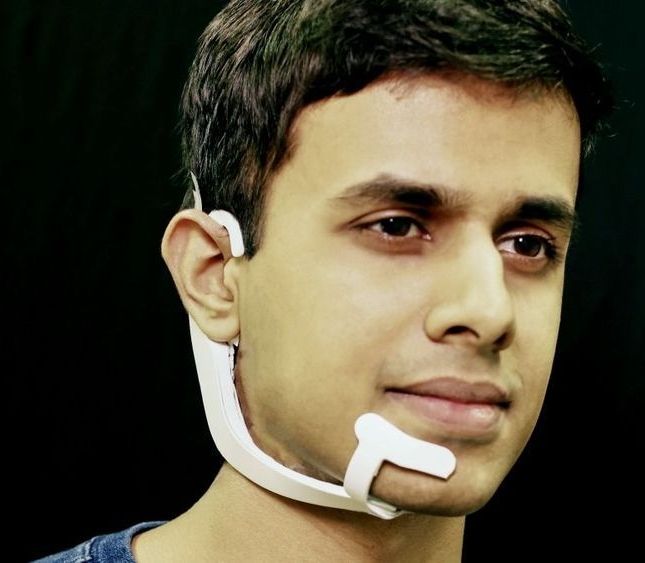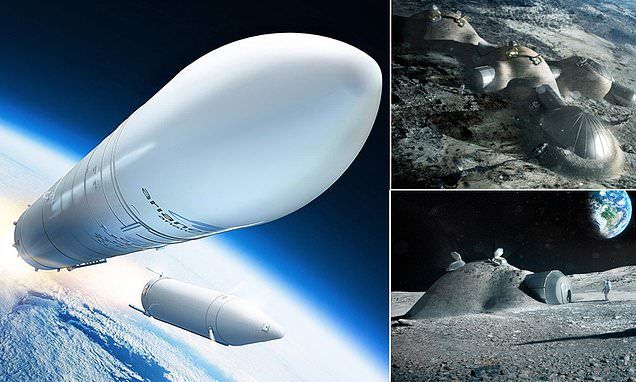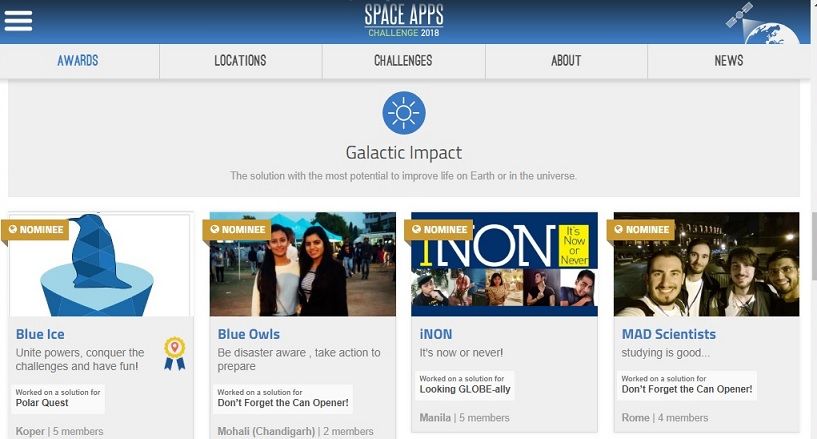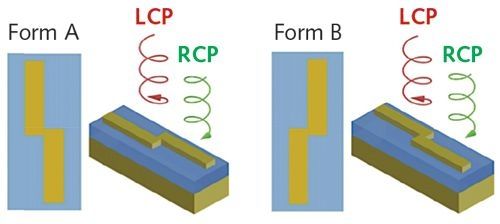Jan 26, 2019
Muscle memory discovery ends ‘use it or lose it’ dogma
Posted by Paul Battista in category: futurism
The old adage “use it or lose it” tells us: if you stop using your muscles, they’ll shrink. Until recently, scientists thought this meant that nuclei—the cell control centers that build and maintain muscle fibers—are also lost to sloth.
But according to a review published in Frontiers in Physiology, modern lab techniques now allow us to see that nuclei gained during training persist even when muscle cells shrink due to disuse or start to break down. These residual ‘myonuclei’ allow more and faster growth when muscles are retrained—suggesting that we can “bank” muscle growth potential in our teens to prevent frailty in old age. It also suggests that athletes who cheat and grow their muscles with steroids may go undetected.

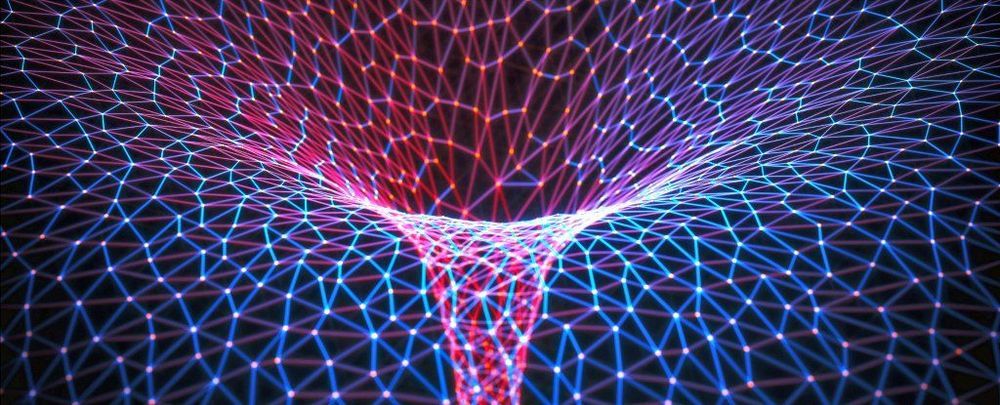
 Saint Jean Carbon
Saint Jean Carbon